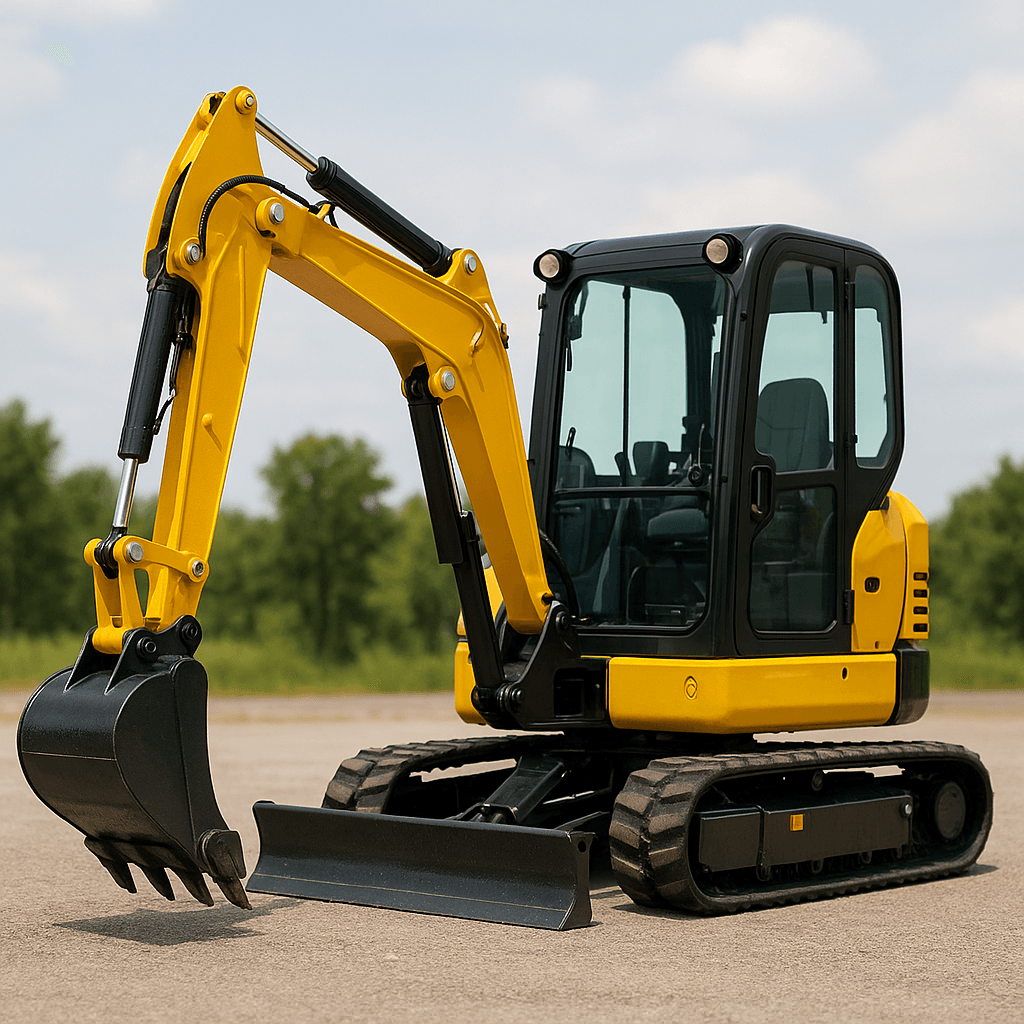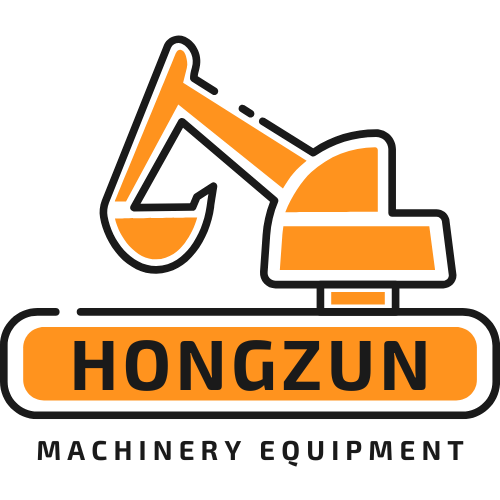When it comes to choosing the right excavator for your construction or landscaping project, the decision often comes down to mini excavators versus tandard (full-size) excavators. Each machine offers distinct advantages depending on your jobsite conditions, project scale, and equipment handling needs.
Let’s break down the key differences to help you decide which one best suits your needs.

What Is a Mini Excavator?
Mini excavators, sometimes referred to as compact excavators, typically weigh less than 10 tons. These machines are known for their compact design, maneuverability, and versatility. Ideal for smaller jobs or tight workspaces, they are widely used in urban construction, residential landscaping, and utility installations.
Key Benefits:
Compact size allows access to tight spaces and urban areas
Reduced ground impact – less damage to surfaces
Lower operating costs (fuel, maintenance, transport)
Easier to transport on smaller trailers or trucks
What Is a Standard Excavator?
Standard excavators generally weigh between 10 and 90 tons and are built for heavy-duty performance. They’re commonly found on large construction sites and infrastructure projects, where high digging capacity and lifting power are required.
Key Benefits:
Greater power and reach – ideal for deep digging and heavy lifting
Larger bucket size for faster material handling
Higher hydraulic capacity – better suited for heavy attachments
Stable and efficient for large-scale jobs
How to Choose: Mini vs. Standard Excavator
Here are a few key considerations to help you make the right choice:
| Factor | Mini Excavator | Standard Excavator |
|---|---|---|
| Jobsite Size | Tight or confined areas | Large, open job sites |
| Project Type | Landscaping, small-scale construction | Heavy construction, roadwork, demolition |
| Transport | Easily towed with smaller trailers | Requires heavy transport equipment |
| Budget | Lower upfront and operational costs | Higher cost but greater capacity |
| Operator Skill | Easier for new operators to handle | Requires more experience for efficiency |
Common Use Cases
Mini Excavator:
Trenching for irrigation or electrical lines
Grading and leveling small plots
Light demolition
Installing pools, patios, or driveways
Standard Excavator:
Large-scale earthmoving
Deep trenching or foundation digging
Demolition of large structures
Lifting and placing heavy materials
Final Thoughts
Choosing between a mini excavator and a standard excavator comes down to the scope of your project, the space you’re working in, and your budget. If you’re working in tight spaces or need something cost-effective for smaller jobs, a mini excavator is likely your best bet. But for demanding tasks that require more power and reach, a standard excavator will deliver the performance you need.
Still unsure? Our team can help you assess your project requirements and recommend the right equipment for the job.
